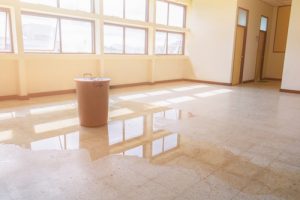
Slip and fall accidents are the most common kind of premises liability accident in California. When you visit a person’s home or a business, you have a right to be safe. In some situations, if you are injured while on their property, they can be found negligent and then responsible for compensating you for damages. Read on to learn about some of the most common examples of slip and fall accidents and then contact Law Offices of Fernando D. Vargas at 909-982-0707 for a free legal consultation.
Wet Floors
Certain types of flooring can become very slippery when they are wet. However, unless you are aware of the type of floor they are, you likely will not realize just how slippery they are. That is why stores have “wet floor” signs up. If they do have the sign up and someone falls, then it is likely not the fault of the store. However, if they have wet, slippery floors and there is no sign, then they could be held accountable, depending on how long the floor has been a danger.
Unsafe Walkways
It is up to the owner of a property to ensure that their walkways are safe for people who are legally on their property. This includes sideways but it also includes wooden stairs, decks, driveways, parking lots, etc. If they allow their wooden deck to rot, do no put reflective tape at the edge of stairs that are hard to see, or otherwise do not protect lawful visitors on their property, they could be subject to a personal injury claim.
Not Enough Lighting
Another common cause of slip and fall accidents is inadequate lighting. Take this example: A person at the movie theater falls going down the stairs and it is found that the lights that are supposed to guide their way were burnt out or not working. The theater owner could potentially be held responsible. Once again, it will depend largely on how long the lighting situation has been inadequate.
The Key to Proving a Personal Injury Case
In order to secure compensation for your injuries, you must prove that the owner of the property, or the person who was responsible for the building such as a property manager, was negligent. This means that they must have either known about the issue and failed to do anything about it, or they should have known about it.
Using the above examples, if the movie theater lights had been burnt out for six months and the office had received several complaints, then the manager or owner is clearly negligent in replacing them. On the other hand, if they burn out during the film, then the manager or owner could not reasonably have had time to fix the issue.




